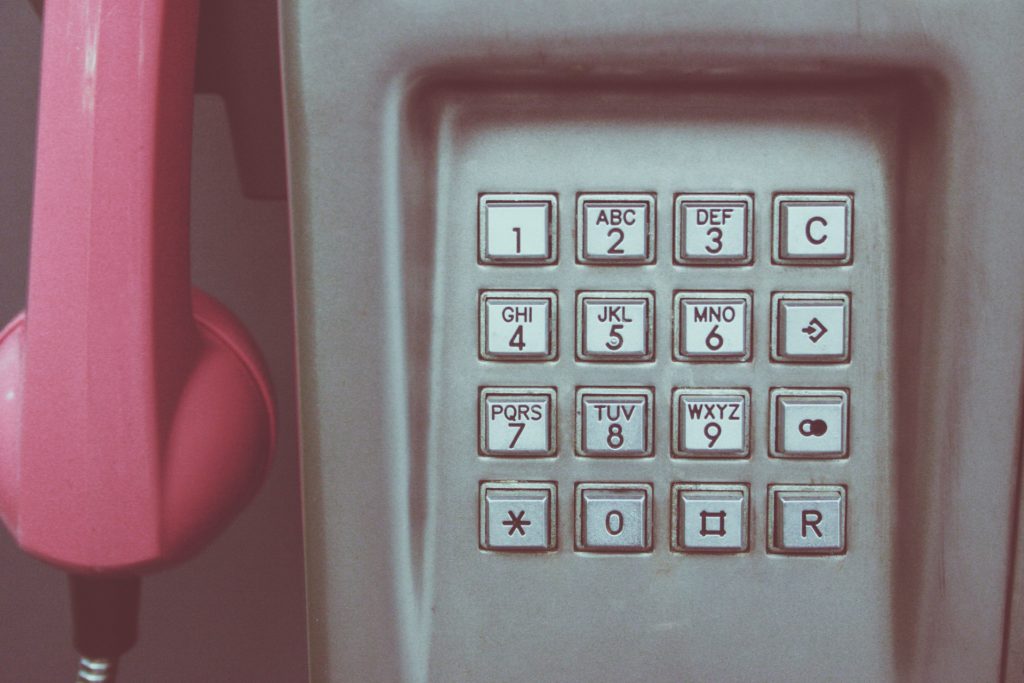We have all encountered bogus claims on the Internet. Whether it would be a cheap iPhone, attractive members of the opposite sex in your neighborhood who are just dying to meet you, or one weird trick to something that some group will hate, the Web is filled with crazy claims. These connections often lead to dangerous and harmful content, and the worst variant of this type of junk content is the tech support scam.
Tech Support Scam – How Do They Work?
The usual tech support scam displays a message about a made up problem on the user’s PC. The message is displayed on a locked page, which the user can’t close easily by just clicking on the X icon on the browser. One popular message used by scammers is that there’s something wrong with the operating system of the computer. They can also mimic the Windows Blue Screen of Death (BSOD.) This scares a lot of people who don’t know how to close the tabs and decide to seek the tech support provided in the page. It’s usually a phone number. If the victim is desperate enough to call, the crooks one the other side of the line will present themselves as tech specialists. They’ll probably make some general statements and offer to fix the problem if the user pays them.
They’ll Probably Ask for Personal Information Like the Victim’s:
- Address
- First and Last Name
- Computer Type
- Credit card information
By calling, you’ll also give the scammers your phone number. They may even ask for the PIN code of your credit card. Their end-goal is always profit so it wouldn’t be too far-fetched. All the personal information can also be sold to whoever’s buying. The calls are very expensive. There’s an entire cybercriminal industry dedicated to stealing, collecting, and selling the personal information of users. There’s also a legal industry of data collection, mostly related to the world of Advertising. Learn what the internet knows about you. They’ll also do fake “holds” to keep the victim on their line and to siphon more money out of the call.

More Tricks used by the Tech Support Scammers
The crooks can demands of the victim to install RAT (Remote Access Tool) on their computer so that they can install viruses, malware, and other harmful content. While they’re inside the computer, they’ll attempt to get as much information as they can like:
- Passwords
- PIN codes
- Email addresses
- Browser History
- Search engine history
These are just a few example; RATs can access almost everything on your computer. Think of all the personal data that you store on it. It’s especially dangerous if the system contains confidential data.
Another trick used by the tech support scammers is to fool users into installing a Potentially Unwanted Program (PUP) on their computer that will show a massive amount of scam advertisements. PUPs are often attached to freeware programs. While users install them, they often neglect to check the Custom, Advanced or Slow options of the Install wizard. When the user sees an ad that looks like an error message across every site he or she visits, they’re likely to call the scam number. The ads can also be generated by a browser extension.
There’s also a new JPG scamming trick aimed at Chrome users. The crooks have created domains that display pictures that copy the Microsoft site.
Where are the tech support scammers located?
All over the world would be the quickest answer, though scammers are often based in India. The long distance of the call only adds to its cost. They often target English-speaking users, especially in the United States and the United Kingdom. The reason for this is simple – these are rich, first world countries. Scammers can make more money out of richer victims.
Tips for Protection Against Tech Support Scammers
There Are a Few Golden Rules When It Comes to Protecting Yourself from This Type of Cyber-Threat:
- Never call support numbers that claim to be from Microsoft. The company doesn’t have a tech support hotline.
- Always check the URLs of suspected tech support scams. They’re different than the original. They may contain extra letters, symbols, different domain name, like .net, .org, .ru instead of .com or whatever the original is.
- Don’t Install any programs before checking the Advanced, Slow, or Custom options
- Delete any programs you don’t need from the Add or Remove programs list on Windows
- Clear your browser. Delete cookies , remove needless extensions, delete cache data.
- Download legitimate security software and scan your computer. Delete anything it identifies as a problem.
The biggest leap you can take to protect your cyber security is to install anti-virus and anti-malware tools and never turn them off. Some scams will display messages saying that the protecting software is making a mistake by classifying them as a virus. They’ll ask the user to whitelist them, turn off the protection software, or even outright delete it, but users shouldn’t fall for that trick.
Tech Support scammers and scams – Conclusion
At the end of the day, these scams and the people behind them are only after one thing – your money and your personal data. Don’t give them any of it. Use the information provided in the article and you’ll increase your security against scams immensely. Stay Cybersafe!



